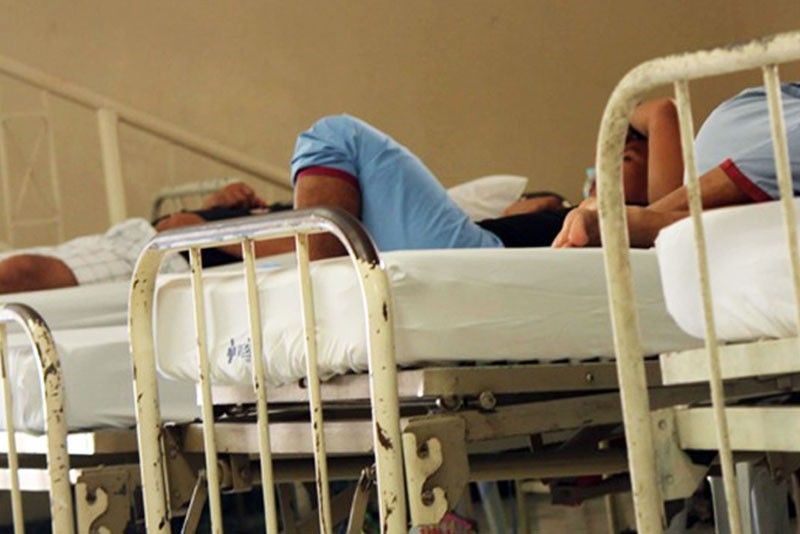WHO: Most epileptics from poor countries lack treatment

MANILA, Philippines — Most people with epilepsy in the Philippines and other low-income countries are not getting treatment and are likely to die prematurely, the World Health Organization (WHO) said.
In a report entitled “Epilepsy, a public health imperative” released recently, the WHO said 75 percent of people living with epilepsy in low-income countries do not get the treatment they need and that the risk of premature death is up to three times higher than the general population.
“Reasons for this premature mortality in low- and middle-income countries are likely associated with lack of access to health facilities when seizures are long-lasting or occur close together without recovery in between, and preventable causes such as drowning, head injuries and burns,” the report disclosed.
In the Philippines, an estimated 750,000 people are living with the illness.
The report noted that about half of adults with epilepsy have at least one other health condition. The most common are depression and anxiety. Health experts said mental health conditions such as depression and anxiety can make seizures worse and reduce quality of life.
“The treatment gap for epilepsy is unacceptably high, when we know that 70 percent of people with the condition can be seizure-free when they have access to medicines that can cost as little as $5 per year and can be delivered through primary health systems,” said Tarun Dua of WHO’s Department of Mental Health and Substance Abuse.
Martin Brodie, president of the International Bureau for Epilepsy, said stigma associated with epilepsy is also one of the main factors preventing people from seeking treatment.
“Many children with epilepsy do not go to school and adults are denied work, the right to drive and even to get married. These human rights violations experienced by people with epilepsy need to come to an end,” he said.
WHO called for public information campaigns in schools, workplaces and the broader community to help reduce stigma. It also sought enactment of legislation to prevent discrimination and violations of human rights as a public health response to epilepsy.
Causes of epilepsy include injury around the time of birth, traumatic brain injury, infections of the brain (such as meningitis or encephalitis) and stroke. Health experts, however, stressed that 25 percent of epilepsy cases can be prevented with effective interventions.
Among the possible intervention are communicable disease control, injury prevention and cardiovascular health as well as screening for pregnancy complications and the presence of trained birth attendants to help prevent injury around the time of birth.
WHO said immunization against pneumonia and meningitis in endemic areas can all help reduce epilepsy rates. Epilepsy is one of the most common neurological diseases, affecting nearly 50 million people worldwide.
- Latest
- Trending






























